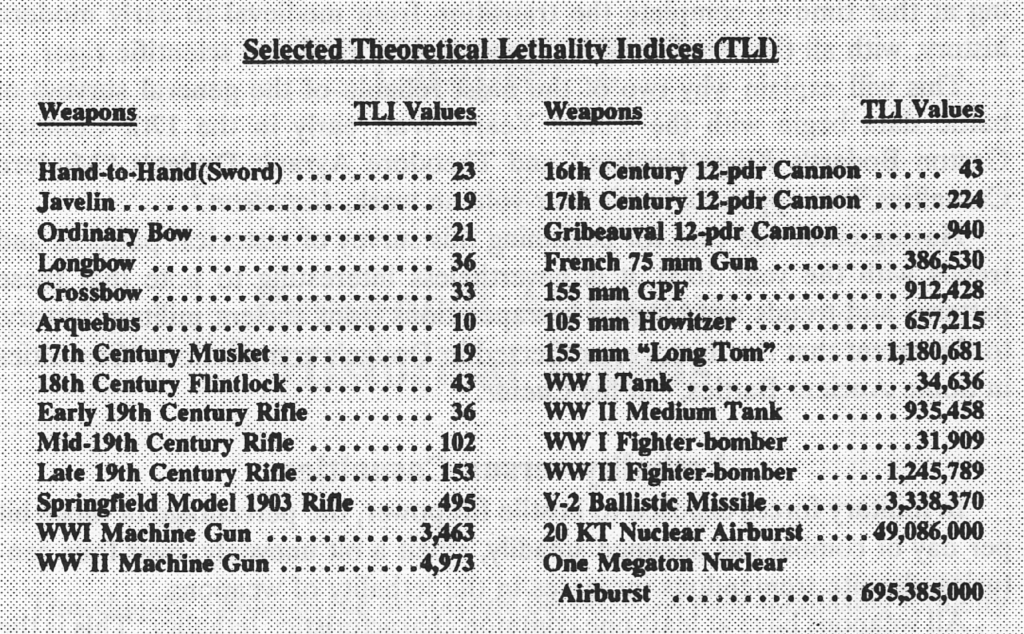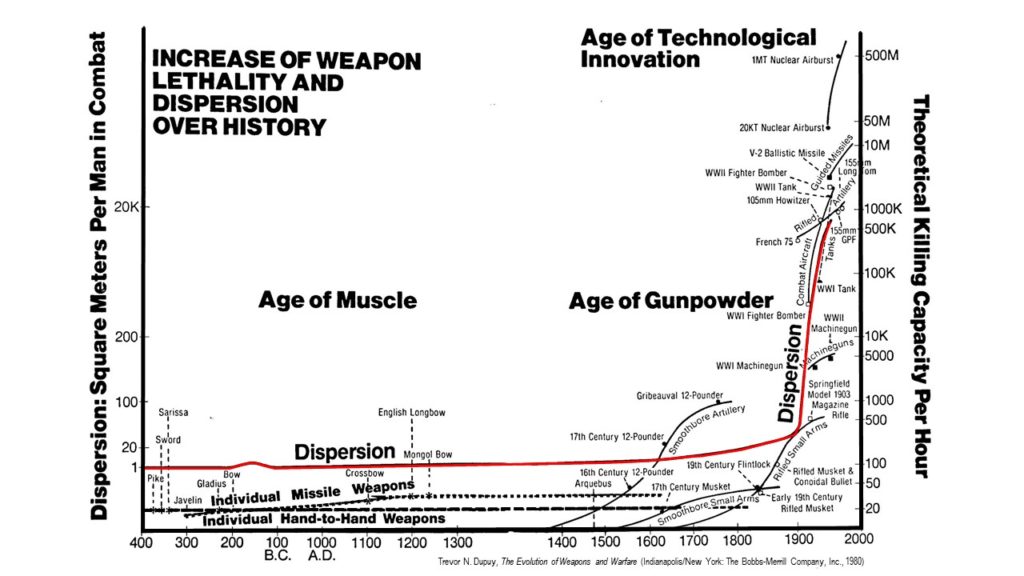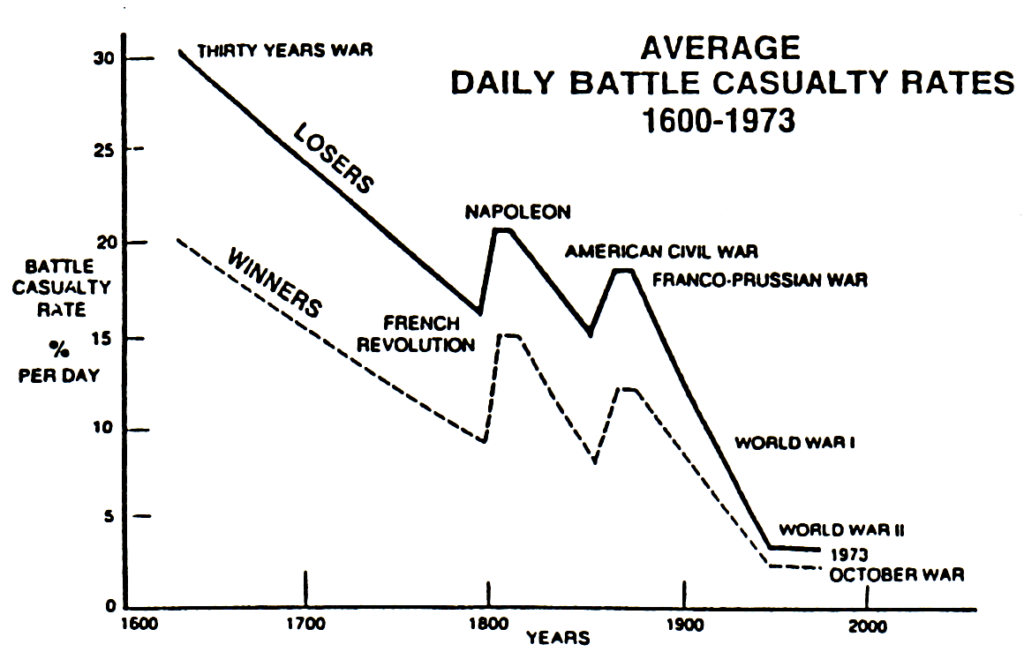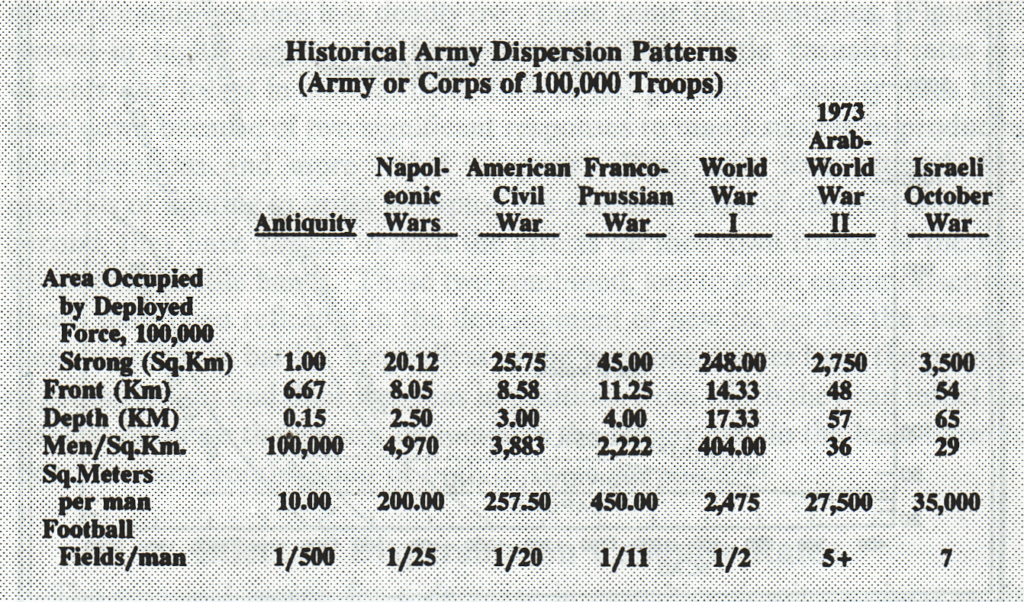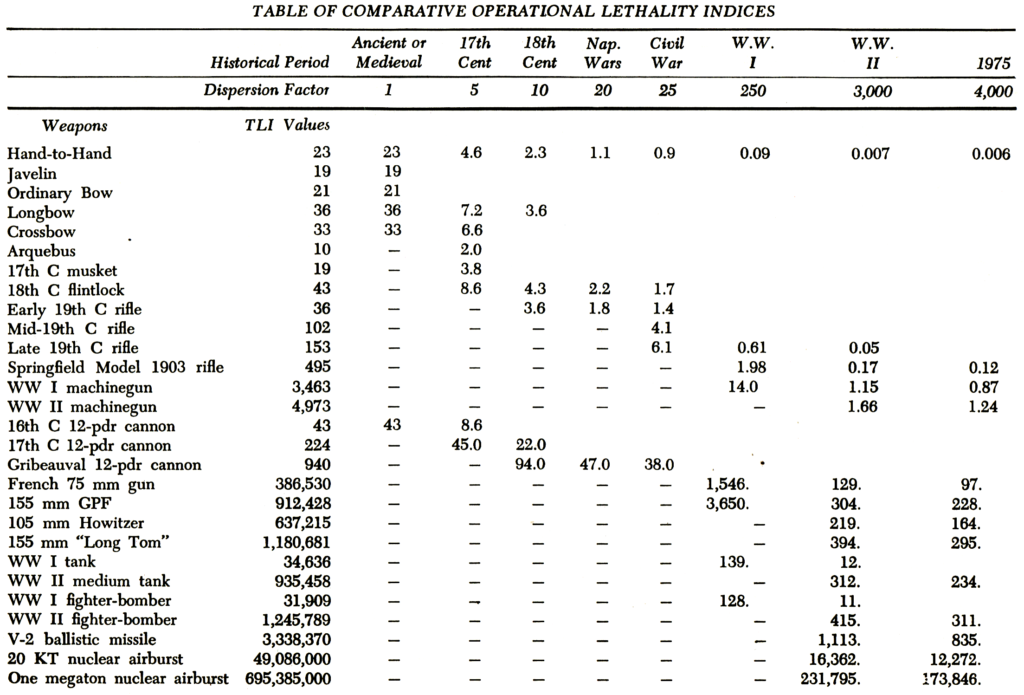
When we left the Russian aircraft carrier Admiral Flota Sovetskogo Soyuza Kuznetsov last autumn, it was steaming (and by steaming, we mean smoking) through the English Channel with its screen toward the Mediterranean Sea to support combined Syrian-Russian military operations against rebel forces in the city of Aleppo. After being denied permission en route to refuel in Spain and Malta, the Kuznetsov arrived on station off Syria in early November.
The Kuznetsov began military operations on 8 November, but just six days later one of it’s brand-new MiG-29KR multi-role fighters crashed. The Russian Ministry of Defense (MoD) stated that the accident was the result of an unspecified fault in one of the Kuznetsov‘s four landing arrestor cables, but the Russian newspaper Gazeta claimed the aircraft crashed when it’s engines failed while waiting to land. IHS Jane’s has speculated that the aircraft likely ran out of fuel. The MoD called attention to airstrikes launched from the Kuznetsov against Syrian targets the next day, 15 November. MoD video showed Su-33 fighter-bombers loaded with unguided bombs but no MiG-29KR’s, leading some to conclude that the latter had been grounded due to the crash.
Satellite photographs subsequently taken on 20 November of Humaymim Air Base in Syria’s Latakia province showed eight Russian Navy Su-33 and one MiG-29KR jets alongside Russian Aerospace Forces (VKS) aircraft, suggesting that the Kuznetsov‘s air wing had been temporarily transferred to land to continue flight operations.
On 5 December, the MoD announced that “while landing after completing a combat task over Syria, an Su-33 fighter jet skidded off the [Kuznetsov‘s] deck because the arresting cable gear broke.” The announcement did not specify a date for the crash, but it was believed to have occurred on 3 December, less than three weeks after the first incident.
Last week, Russia announced that it would begin withdrawing its combat forces in Syria, beginning with the Kuznetsov task force. The Russian military commander in Syria, Colonel General Andrei Kartapolov, asserted that in two months, the Kuznetsov had launched 420 air combat sorties against 1,252 “terrorist targets.” No announcement has yet been made for when the long return voyage to the Kuznetsov‘s Barents Sea home port of Severomorsk, Russia, will begin, nor whether any country along the route will allow the flotilla to refuel.
Meanwhile, in early January 2017, the Chinese Defense Ministry announced that it’s only (current) aircraft carrier, the Liaoning (the Kuznetsov‘s sister ship, née Riga, then Varyag) and five escorts would conduct a “‘cross-sea area’ training exercise, involved J-15 fighter jets, as well as several ship-borne helicopters” in the South China Sea. The Chinese then proceeded to rattle cages in the region by unexpectedly sailing the Liaoning carrier group through the volatile Taiwan Straits yesterday, prompting Taiwan to scramble F-16 fighters and to divert a frigate in response. Just two days earlier, Japan and South Korea had launched fighter jets in response to an incursion by Chinese aircraft into the East China Sea and the Sea of Japan. This follows the seizure of a U.S. Navy underwater drone by a Chinese warship off the coast of the Philippines last month.
While the actual military capabilities of the Kuznetsov and Liaoning may be modest in comparison with U.S. aircraft carriers, the political and military reactions they have elicited indicate the value of sea-going air power. The diplomatic utility of power projection should not be underestimated. Imagine the results if the Russians or Chinese possessed aircraft carriers comparable to the U.S.S. Nimitz, which conducted its own politically-charged transit of the Taiwan Strait in 1996.


 The International Security Studies Forum (ISSF) has posted a
The International Security Studies Forum (ISSF) has posted a 
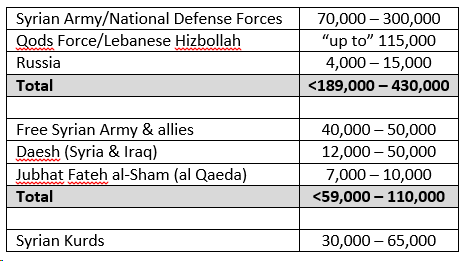
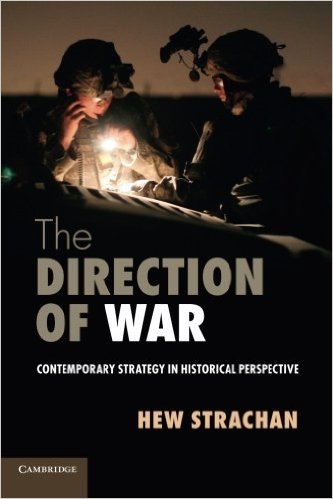
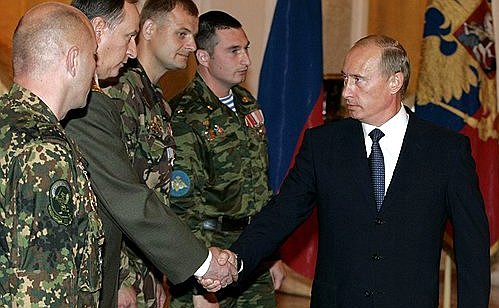
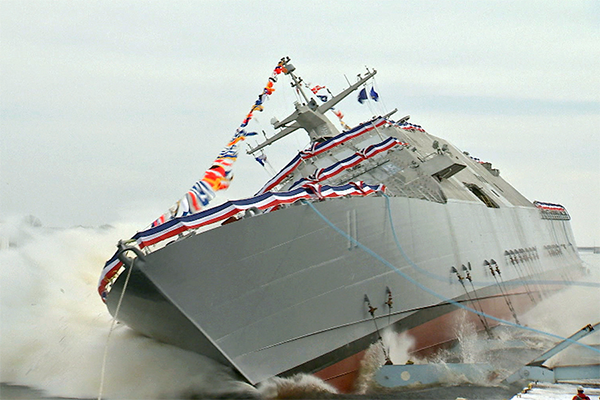 In a
In a 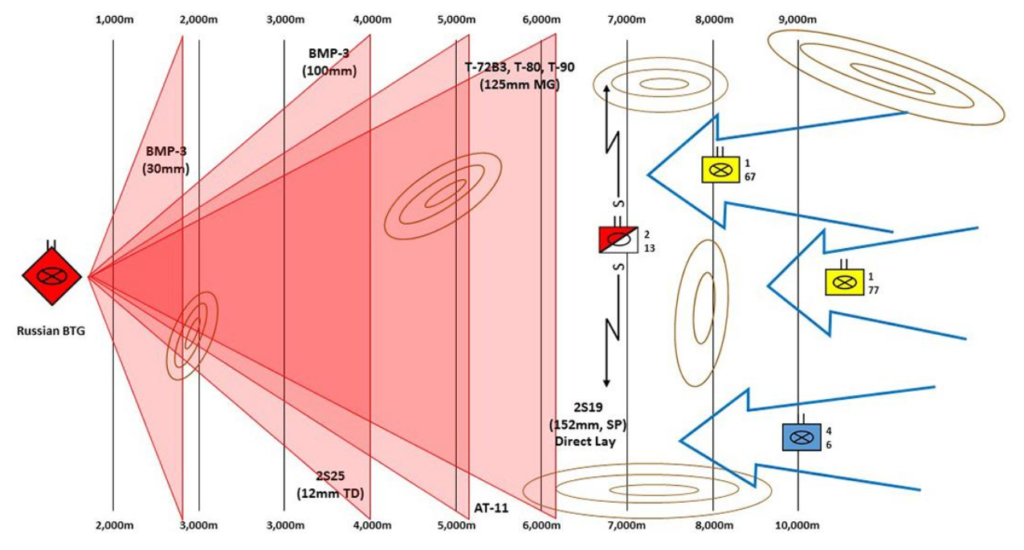 U.S. Army Major Amos Fox, currently a student at the U.S. Army Command and General Staff College, has produced
U.S. Army Major Amos Fox, currently a student at the U.S. Army Command and General Staff College, has produced 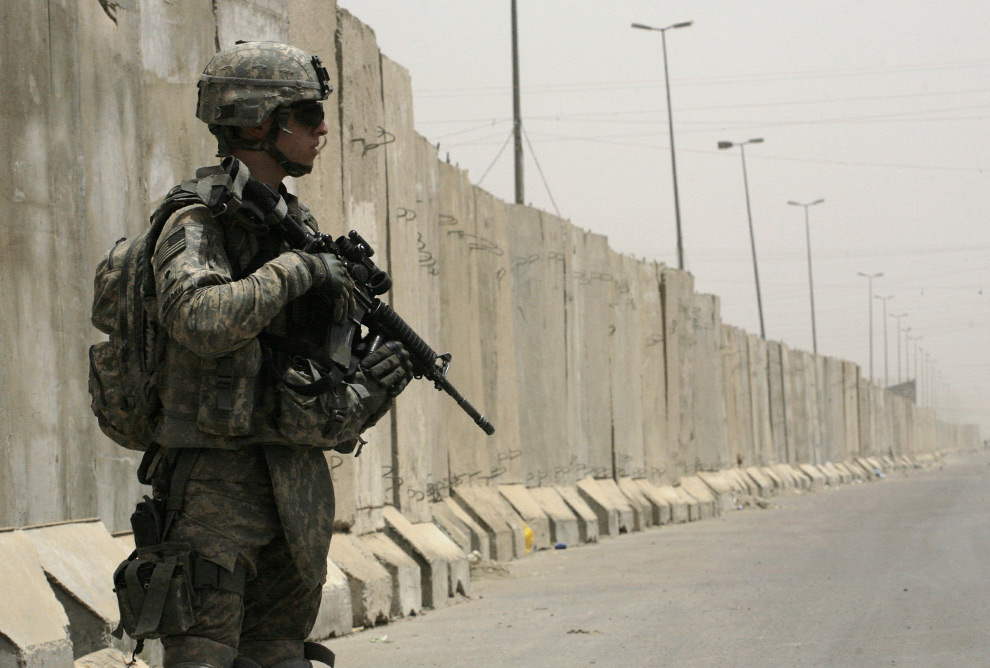
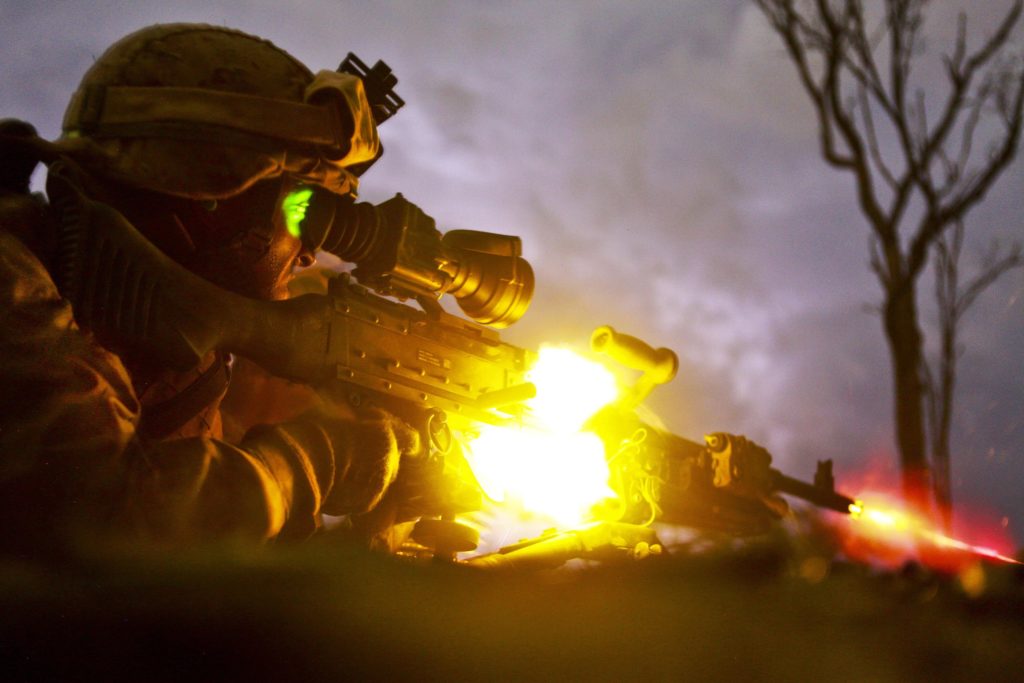 Over at his
Over at his 